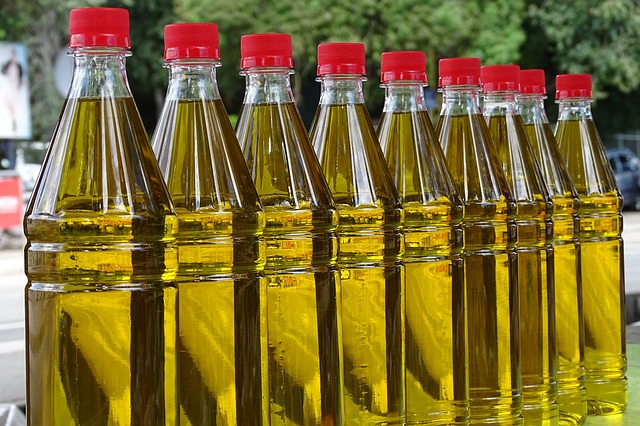
Advertisement
The health benefits and flavor of olive oil make it a very desirable product. However, that same high value also makes it a common target for counterfeiters. To stop the spread of fake olive oil, a Spanish-American effort presented a portable sensor that can authenticate olive oil.
The two most valuable types of olive oil are “extra virgin” and “protected designation of origin” (PDO). Extra virgin oil is the highest and purest grade of oil. It is made without using any artificial chemicals or refining techniques. PDO, meanwhile, is assigned to high-end agricultural products that are exclusively found in specific regions of Europe. Products with these labels were grown, harvested, and processed using traditional methods found in their home area.
Counterfeiters employ many techniques to trick unwary consumers. A common method of fraud combines fresh, pure virgin olive oil with a different oil of lower grade and cheaper cost. The latter oil would either be less pure or come from another region that was not recognized for the history and quality of its product. (Related: Olive oil is the key to longevity: Only one tablespoon a day can do wonders for your health.)
To catch counterfeiters, researchers made a sensor that can reveal fake olive oil
Researchers at Complutense University of Madrid (UCM) and their American partners from California-based research group Scintillon Institute have just finished testing their new sensor. Their device featured light-emitting diodes that can generate a low-power laser.

Upon hitting oil, the laser caused the liquid to emit light in a process called fluorescence. The amount of light generated by pure extra virgin olive oil was noticeably different from the light coming from adulterated oils. Based on the fluorescence level, the sensor was able to tell pure olive oil from a seemingly similar product that was actually adulterated with lower quality oil.
“Other clear advantages of our tool include the possibility of conducting on-site analyses, because the equipment is the size of a briefcase and therefore portable, and of generating results in real time,” remarked researcher Jose Torrecilla, who served as the author of the research paper.
Counterfeiting is costing the olive oil sector a considerable amount of money every year. The new sensor could offer an effective way to reduce the staggering financial losses and catch the crooks responsible.
“The quality of olive oil is recognised nationally and internationally,” Torrecilla explained. “It is therefore necessary to protect this quality and combat the fraudulent activities carried out with increasing frequency and skill in the sector.”
Sensor can reveal if olive oil is fresh, old, or expired
The UCM researchers put their new sensor through rigorous trials using commercially available PDO olive oil that were made from a single variety of olive tree. During the first phase of testing, they mixed the fresh product with old oil that was already gone past the expiration date.
In the second phase of the trial, the researchers used mixtures of olive oils with acidity levels that ranged from one percent to 17 percent. These acidic oils were also expired.
The sensor was used to measure the properties of each mixture. Its data was evaluated using chaotic algorithms, which used chaos-based math theories to predict the behavior of changing systems that are reliant on the starting conditions.
Advantages of the UCM-developed sensor included ease of use and high availability. It could scan olive oil before the packaging process to ensure that the product met the international or regional standards. It could also determine if an already-packaged product featured a fake brand or came from a fake producer.
Sources include:
Submit a correction >>
This article may contain statements that reflect the opinion of the author
Advertisement
Advertisements
















